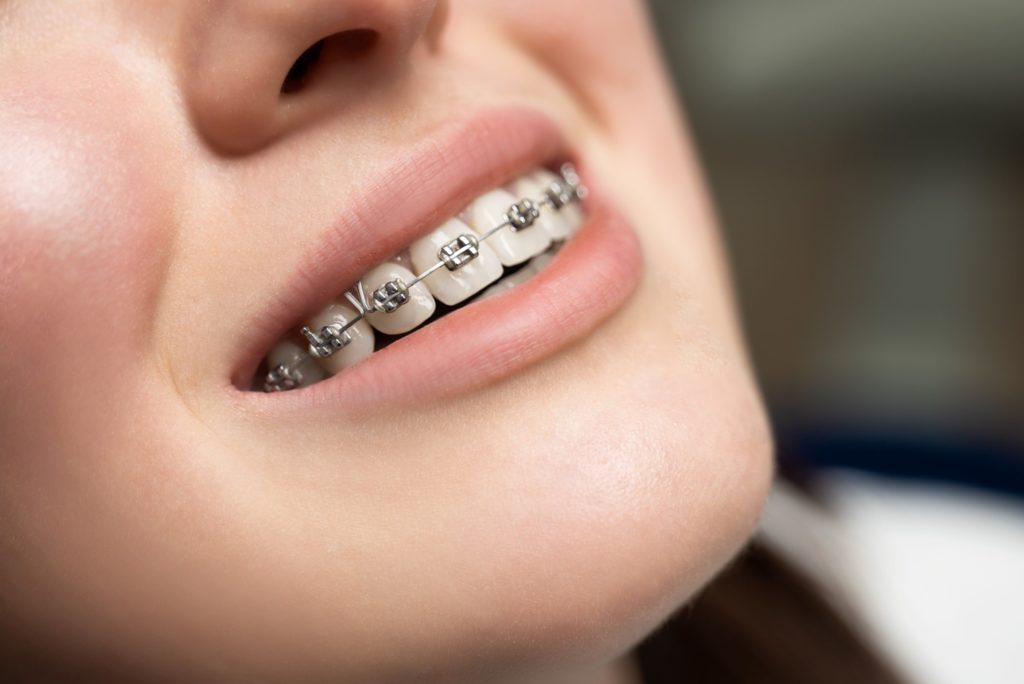Having braces put on only requires a couple hours in an orthodontist’s chair, but there are several important steps that must happen beforehand. In this blog we will explore how long it takes to get braces, starting from the initial consultation all the way through to the physical application.
Leading Up to the Big Day
Before getting braces, it’s important to understand if this is the right treatment option for you. If you think you may need braces, or if your dentist has referred you to an orthodontist, the first step is to schedule a free consultation. During the consultation, you’ll meet with the orthodontist to discuss your treatment options and ask any questions you have about the process, cost, timeline, and anything else.
If you decide braces are right for you, you’ll schedule your first treatment appointment. During the first visit to the orthodontists, you’ll get X-rays, an impression of your mouth, possibly spacers, or other photographs of your teeth if necessary. This information will be used to create a personalized treatment plan and ensure a smooth application day.
Once your orthodontist has all the information they need to build a personalized treatment plan, you’re ready to schedule your braces application appointment. This is the “big day” when you’ll get your braces put on!
How Long Does Getting Braces Really Take?
Having braces applied takes only a couple of hours in the orthodontist’s chair, but there are a few key steps leading up to this day. In this post, we’ll break down the entire process, from the initial consultation to the day your braces are applied, so you know exactly what to expect.
Leading Up to Braces Day: Consultation and Prep
Step 1: Initial Consultation
If you or your dentist thinks braces might be right for you, the first step is to schedule a consultation with an orthodontist. During this appointment, you’ll discuss your treatment options, including the types of braces available, cost, timeline, and any questions you have.
Step 2: Diagnostic Appointment
Once you decide on braces, your next visit is all about preparation. At this appointment, you’ll have X-rays taken, possibly an impression or 3D scan of your mouth, and sometimes spacers inserted to make room between certain teeth if needed. These diagnostics help your orthodontist create a personalized treatment plan to guide your braces journey.
Step 3: Braces Application Day
Once your treatment plan is ready, you’ll schedule the “big day” to have your braces applied. This appointment is the exciting start to your orthodontic treatment and a big step toward achieving a beautifully aligned smile!
The Process of Getting Braces Put On: What to Expect
How long does it take to put on braces? The application process typically lasts between 1 to 2 hours, depending on the type of braces and the complexity of your treatment.
Here’s a step-by-step look at what happens when you get braces:
- Teeth Cleaning and Preparation
Your orthodontist will start by thoroughly cleaning and drying your teeth to ensure a strong bond between each bracket and your teeth. - Applying the Adhesive
A special dental adhesive is applied to each tooth receiving a bracket. This adhesive is safe, strong, and ensures the brackets stay securely in place. - Placing the Brackets
The orthodontist will carefully place a bracket on each tooth and align them precisely. This step is crucial, as correct placement is essential for your teeth to move as planned. - Inserting the Archwire
A thin metal wire, called the archwire, is threaded through the brackets. This archwire will create the gentle force needed to guide your teeth into alignment over time. - Adding Ligatures (Bands)
Small rubber bands, called ligatures, are used to hold the archwire in place. You can choose the color of these bands at each adjustment visit—adding a bit of personalization to your braces! - Final Adjustments
The orthodontist makes final adjustments to ensure the archwire and brackets apply the correct amount of pressure on your teeth. - Reviewing Care Instructions
Finally, you’ll receive guidance on how to care for your braces and schedule follow-up appointments to monitor your progress.
Do Braces Hurt When You First Get Them?
The application process is typically quick and painless, but some mild soreness or discomfort is normal as your mouth adjusts to the new appliances. To learn more about managing this discomfort, check out our guide on How Long Does Pain with Braces Last? And Tips for Relieving Braces Pain.
Contact Frey Orthodontics to Start Your Braces Journey
At Frey Orthodontics, we aim to make your braces experience as comfortable and effective as possible. Our dedicated team is here to answer all your questions and help you select the right treatment option, from traditional metal and ceramic braces to Invisalign and custom aligners. Contact our Algonquin or Naperville office today to schedule your free consultation and take the first step toward a beautiful, healthy smile!

